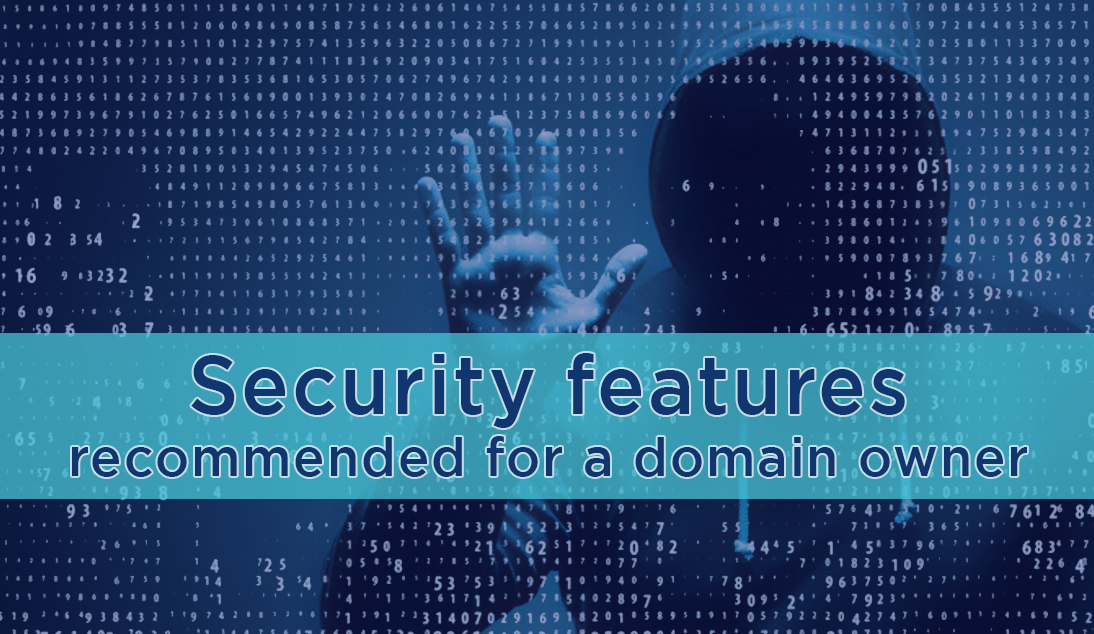Online security concerns are rising, and when talking about domain registrars, it’s not always easy to find someone you can trust. As a domain owner, you should be looking for industry experience and a broad spectrum of security features.
We would like to save you some time and provide insight into which security features you should ask for when choosing a domain name registrar for new registrations, domain transfers, website hosting, or other relevant services.
Two-Factor Authentication
One of the best ways to keep your domains secure is to enable Two-Factor authentication (2FA) which allows for two-step verification into your domain with that specific domain registrar. By using this security feature you will deny access to your account and make domain or data theft very unlikely.
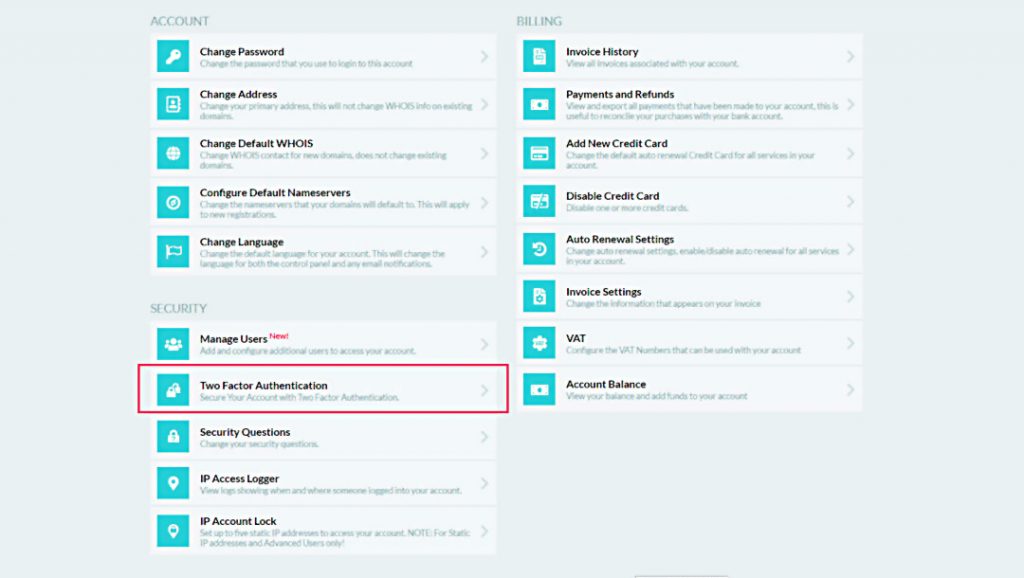
Two-step verification process is such that the user needs to provide two different authentication factors which provide a higher level of assurance than traditional authentication methods. One great example of two-factor authentication is how ATMs work, where you need your card AND your PIN code in order to finish any transactions.
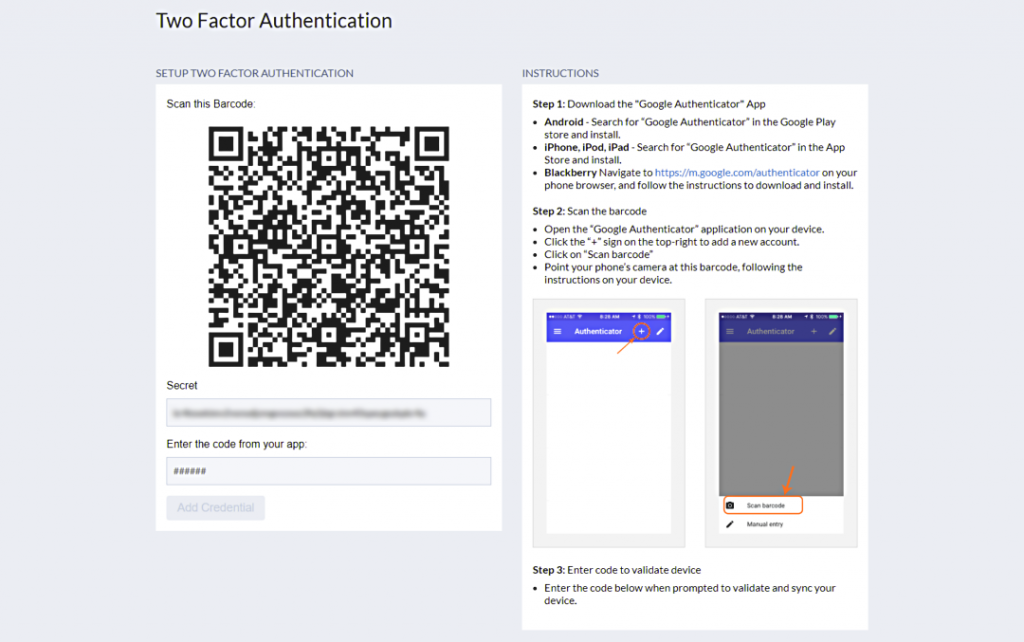
When talking about websites using 2FA, one of the best examples is the Google Authenticator app for smartphones which provides a temporary code which you need to enter while in the login process. The temporary code will change again in a few seconds so do not waste time when login.
Multi-User account for domain management
Now I imagine you are asking how is it that you improve your domain security when you provide access to your domain management to multiple people? The answer is very simple.
Imagine you are using a single account to manage your domains, and you share the login data for that account with two more employees, while you give it to one over a messaging app, and the other through an email. That is not a very secure course of action.

You should keep your login details protected and not share them through weak online communication channels. When sharing this data with other employees, you want to remove as many roadblocks as possible so those individuals can do their work as efficiently as possible, and as secure as possible.
On a Multi-User Account, you can control your sub-users. They are granted varied and controlled access to certain aspects of your domain management account.
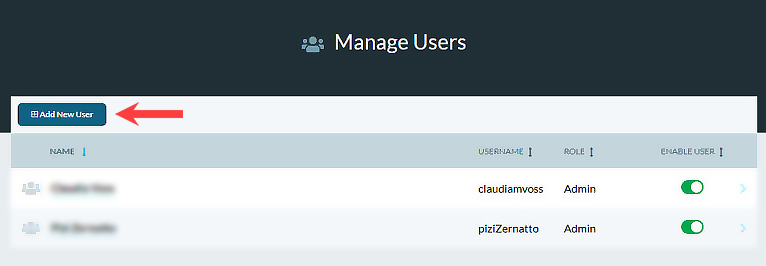
Domain management account owner can create role-based users to help you and your team collaborate more efficiently while still maintaining the highest level of security. Depending on the role you grant them, the sub-user may only have access to view certain things, or they could have full administrator privileges.
Registry Lock security feature
What would you do if someone stole your domain name or was able to change its configuration and redirect them somewhere else? Nevermind how they got access to your account, if it happens, it would be a major embarrassment or even a major legal liability.
That is why you want to choose domain registrar which offers Registry Lock feature because it offers an extra level of security to your domain.
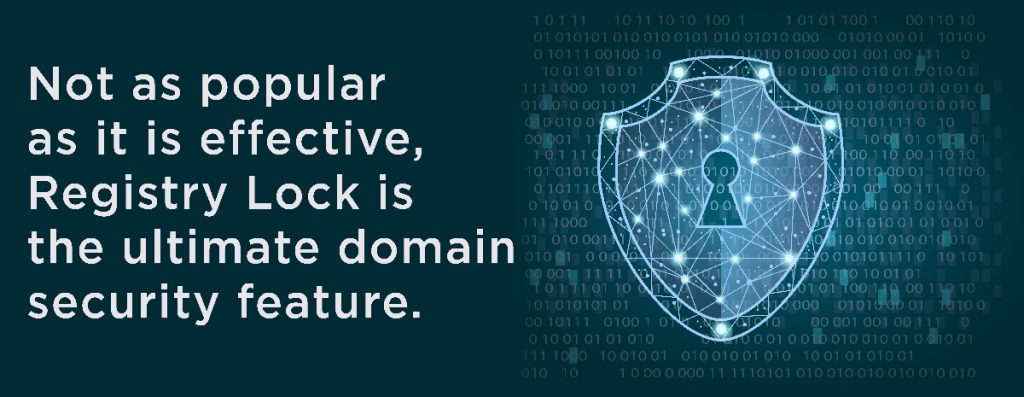
When a Registry Lock is applied, it makes it incredibly difficult for a domain to be hijacked, its DNS changed or any number of other modifications made without thorough checks, as multiple parties (domain registrar staff and your company personnel) must provide authorization or none of the changes that are made will not go through.
Registrars typically charge $300-$600 per year because of the manual work involved, though the extra level of security is appealing especially for large companies and corporations.
Conclusion
Just like any other assets of value, domain names require protection. Using any or all of these security features you will strengthen your line of defense. Be safe, not sorry.
